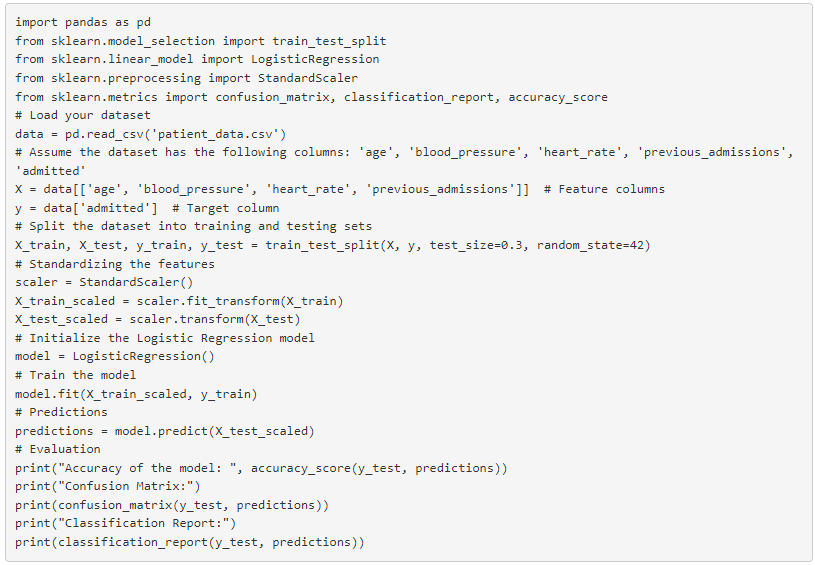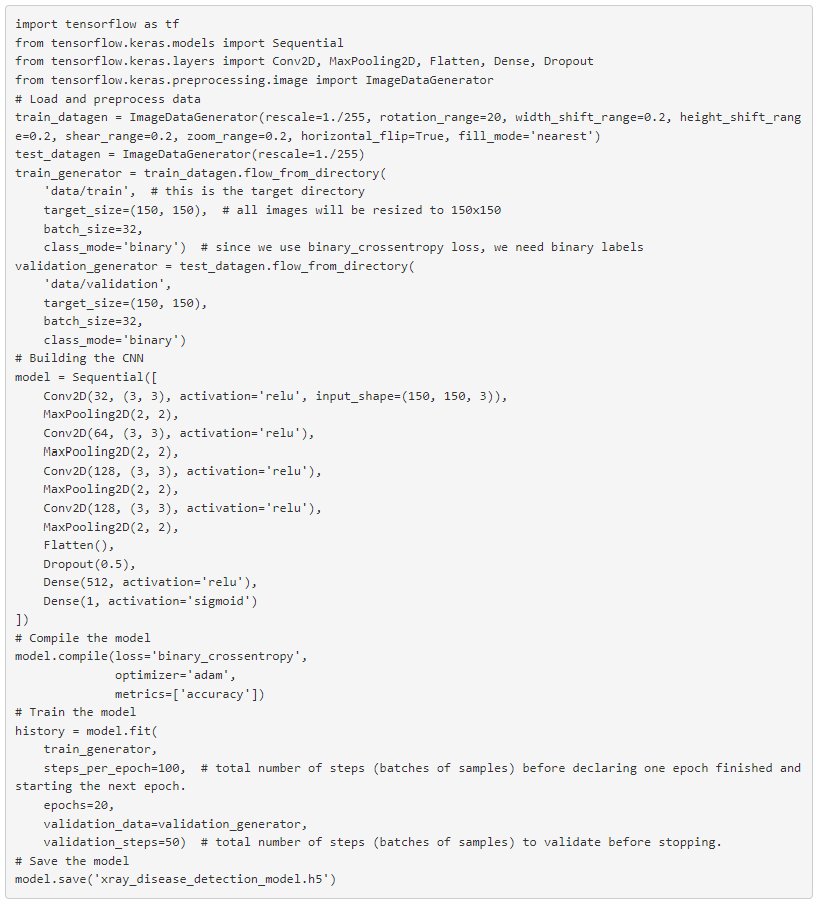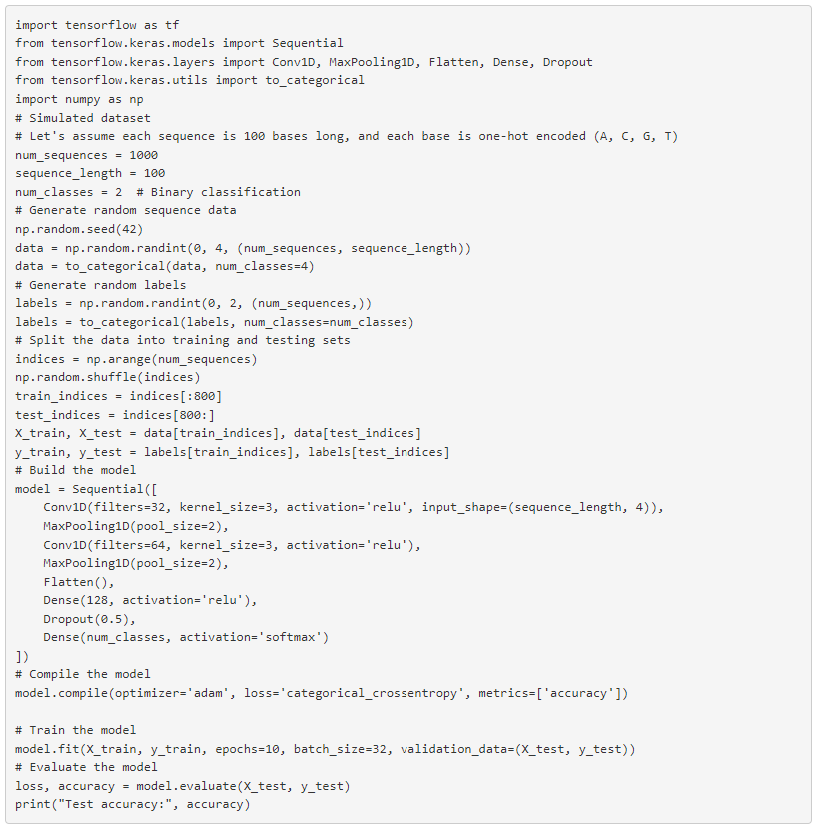Advancements in AI for Health Data Analysis
Healthcare has ushered in a transformative era dominated by AI and ML, which are now central to data analytics and operational utilities.
Join the DZone community and get the full member experience.
Join For FreeHealthcare has ushered in a transformative era dominated by artificial intelligence (AI) and machine learning (ML), which are now central to data analytics and operational utilities. The transformative power of AI and ML is unlocking unprecedented value by rapidly converting vast datasets into actionable insights. These insights not only enhance patient care and streamline treatment processes but also pave the way for groundbreaking medical discoveries. With the precision and efficiency brought by AI and ML, diagnoses and treatment strategies become significantly more accurate and effective, accelerating the pace of medical research and marking a fundamental shift in healthcare.
Benefits of AI in Healthcare
AI and ML will influence the healthcare industry’s entire ecosystem. From more accurate diagnostic procedures to personalized treatment recommendations and operational efficiency, everything can be sought with the help of AI and ML. AI technologies help healthcare providers take real-time data analytics, predictive analysis, and decision support capabilities towards the most proactive and highly personalized approach to patient care. For instance, AI algorithms will increase diagnostic accuracy through the study of images, while ML models will help analyze historical data to predict the outcomes of a patient, hence making the treatment approach used.
Machine Learning in Health Data Analysis
The revolution in health data lies at the door of machine learning, with powerful tools that identify patterns and predict future outcomes based on historical data. Prime importance falls on the algorithms that forecast disease progression, improve treatment methodologies, and streamline healthcare delivery. These findings will enable improved personalized medicine for better strategies for slowing disease progression and improving patient care. Most importantly, ML algorithms optimize healthcare operations through thorough data analysis of the trends, which may include patient admission levels and resource utilization in a streamlined hospital workflow to yield improved service delivery.
Example: Patient Admission Rates With Random Forest

Explanation
- Data loading: Load your data from a CSV file. Replace 'patient_data.csv' with the path to your actual data file.
- Feature selection: Only the features relevant to the hospital admissions targets, such as age, blood pressure, heart rate, and previous admissions, are selected.
- Data splitting: Split the data into training and testing sets to evaluate the model performance.
- Feature scaling should be used to rescale the features so that the model considers all features equally because logistic regression is sensitive to the features' scaling.
- Model training: Train a logistic regression model using the training data.
- Try making admission predictions using the model on the test set.
- Evaluation: The built model should be evaluated based on accuracy, confusion matrix, and a detailed classification report from the test set to validate model prediction for patient admission.
Natural Language Processing in Health Data Analysis
Natural Language Processing (NLP) is another critical feature that allows the extraction of useful information, including clinical notes, patient feedback, and medical journals. The NLP tools help analyze and interpret the overwhelming text data produced in health settings daily, thus easing access to appropriate information. This capability is precious for supporting clinical decisions and research, with fast insights from existing patient records and literature, improving the speed and accuracy of medical diagnostics and patient management.
Example: Deep Learning Model for Disease Detection in Medical Imaging

Explanation
ImageDataGenerator: Automatically adjusts the image data during training for augmentation (such as rotation, width shift, and height shift), which helps the model generalize better from limited data.Flow_from_directory: Loads images directly from a directory structure, resizing them as necessary and applying the transformations specified inImageDataGenerator.- Model architecture: In sequence, the model uses several convolutional (Conv2D) and pooling layers (MaxPooling2D). Convolutional layers help the model learn the features in the images, and pooling layers reduce the dimensionality of each feature map.
- Dropout: This layer randomly sets a fraction of the input units to 0 at each update during training time, which helps to prevent overfitting.
- Flatten: Converts the pooled feature maps to a single column passed to the densely connected layers.
- Dense: Fully connected layers. These layers consist of fully connected neurons that take input from the features in the data. The final layer uses a sigmoid activation function to give binary classification output.
- Compilation and training: The model is compiled using a binary cross-entropy loss function, which is generally suitable for this classification task. Then, it's compiled and optimized with the given optimizer and finally trained using the .fit method on the train data received from the
train_generatorwith validation using thevalidation_generator. - Saving the model: Save the trained model for later use, whether for deployment in medical diagnostic applications or further refinement.
Deep Learning in Health Data Analysis
Deep learning is a complicated subject of machine learning used for analyzing high-complexity data structures using appropriate neural networks. The technology has been proven helpful in areas such as medical imaging, where deep learning models effectively detect and diagnose diseases from images with a level of precision that is sometimes higher than that exhibited by human experts. In genomics, deep learning aids in parsing and understanding genetic sequences, offering insight central to parsing for personalized medicine and treatment planning.
Example: Deep Learning for Genomic Sequence Classification

Explanation
- Data preparation: We simulate sequence data where each base of the DNA sequence (A, C, G, T) is represented as a one-hot encoded vector. This means each base is converted into a vector of four elements. The sequences and corresponding labels (binary classification) are randomly generated for demonstration.
- Model architecture and Conv1D layers: These convolutional layers are specifically useful for sequence data (like time series or genetic sequences). They process data in a way that respects its temporal or sequential nature.
- MaxPooling1D layers: These layers reduce the spatial size of the representation, decreasing the number of parameters and computation in the network, and hence, help to prevent overfitting.
- Flatten layer: This layer flattens the output from the convolutional and pooling layers to be used as input to the densely connected layers.
- Dense layers: These are fully connected layers. Dropout between these layers reduces overfitting by preventing complex co-adaptations on training data.
- Compilation and training: The model is compiled with the '
adam' optimizer and 'categorical_crossentropy' loss function, typical for multi-class classification tasks. It is trained using the .fit method, and performance is validated on a separate test set. - Evaluation: After training, the model's performance is evaluated on the test set to see how well it can generalize to new, unseen data.
AI Applications in Diagnostics and Treatment Planning
AI has dramatically improved the speed and accuracy of diagnosing diseases by using medical images, genetic indicators, and patient histories for the most minor signs of the disease. Secondly, AI algorithms help develop personalized treatment regimens by filtering through enormous amounts of treatment data and patient responses to provide tailored care, optimizing therapeutic effectiveness while minimizing side effects.
Challenges and Ethical Considerations in AI and Health Data Analysis
However, integrating AI and ML in healthcare at its face value also brings ethical considerations. Nevertheless, the areas of concern to be adjusted are data privacy, algorithmic bias, and transparent decision-making processes, pointing to the essential landmarks of these adjustments for proper, responsible use of AI in healthcare. It is necessary to ensure patient data’s safety and protection, and any installation should guarantee freedom from any biases and not lose trust and fairness in service deployment.
Conclusion
The future of health is quite promising, with the development of AI and ML technologies that provide new sophistication in the spectrum of analytical tools, such as AR in surgical procedures and virtual health assistants powered by AI. These advances will make better diagnosis and treatment possible while ensuring smooth operations and ultimately contributing to more tailor-made and effective patient care. In the further development and continuous integration of AI/ML technologies, healthcare delivery will change through more efficient, accurate, and central patient service provision. This means that several regulatory constraints need to be considered in addition to the business and technical challenges discussed.
Opinions expressed by DZone contributors are their own.

Comments